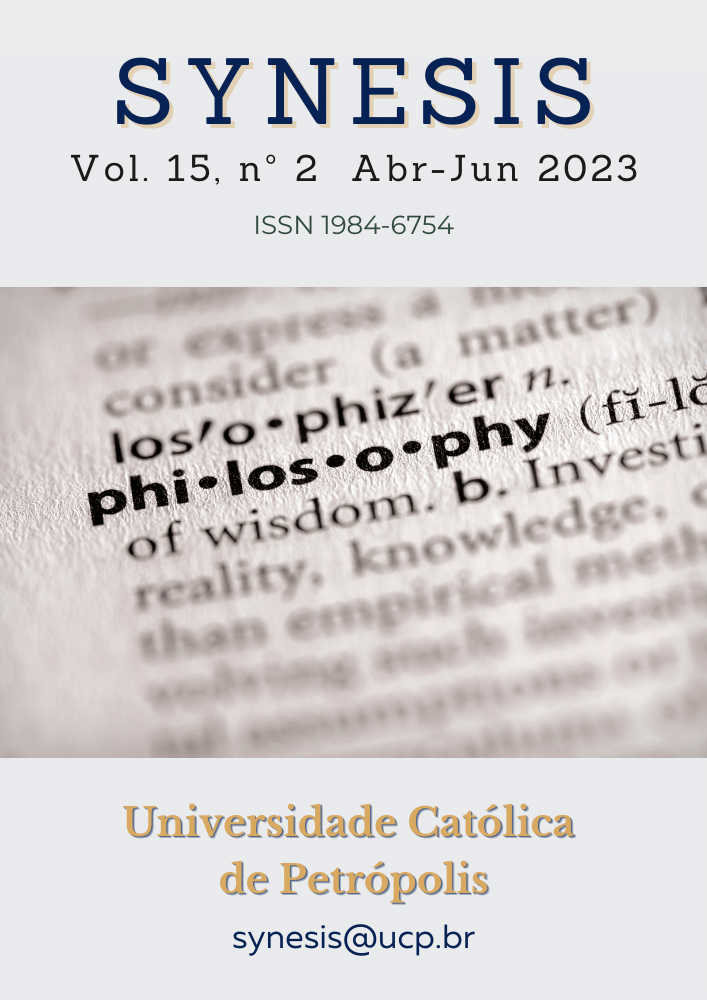Abstract
The Covid-19 Virus, however has killed million people throughout the universe, it helps to facilitate and accelerate the utility of social Networks and technology as well. The purpose of this study was to investigate the use of social networks and technology to teach children. The research was conducted within the frameworks of mixed method one. Since the researcher sought to find a new approach to English language teaching and learning he called it Moradi’s approach. Further, its purpose would be to consider how Moradi’s approach can illuminate and pave the way for children to facilitate and accelerate the learning of English language. To achieve this goal, few Arab and Afghan elementary students were taken into consideration with an eye to their family and society conditions. The research was run in a mixed method way, using tests, questionnaires, observation and interview to uncover and unpack the way they approach and enthuse the Moradi’s approach, that is; learning English through Social networks and technology. They were expected to stick more to the new approach than the other old approaches as it is easier, faster, and funnier to comprehend and remember the English language; yet depending on the context and situation they live in, the personal beliefs and pleasures they have, and even the gender they are, they might switch into the other old methods and approaches to occasionally take the other side of the coin to enjoy or test them. This study is of importance and interest since little( if any) has been written on child study and his/ her use of social networks and technology to learn English language and a greater understanding of the Moradi’s approach can be of vital and crucial value to depict and detect the future pace and trace of child study as well.
References
Anderson, P. (2007). What is Web 2.0?: ideas, technologies and implications foreducation: Citeseer, JISC technology and standards watch, February 2007,available online at
http://www.jisc.ac.uk/media/documents/techwatch/tsw0701b.pdf, accessed 11th March 2015.
Baralt, M. (2011). The use of social networking sites for language practice and learning. Ilha do Desterro, 60. Universidade Federal de Santa Catarina. Retrieved August 10, 2014, from
https://periodicos.ufsc.br/index.php/desterro/article/view/2175-8026.2011n60p277.
Barnes, K., Marateo, R. & Ferris, S. P. (2007a). Teaching and Learning with the Net Generation. Innovate Journal of Online Education, 3(4). Reprinted in The Fischler School of Education and Human Services at Nova Southeastern University; Pennsylvania. Retrieved March 2015 from: http://www.innovateonline.info/pdf/vol3_issue4/Teaching_and_Learning_with
_the_Net_Generation.pdf
Castro Sánchez, J. J. and Alemán, E. C., 2011. Teachers’ opinion survey on the use of ICT tools to support attendance-based teaching. Journal Computers and Education, vol. 56, pp.911-915.
Chai, C. S., Koh, J. H. L., Tsai, C.-C. (2010). Facilitating preservice teachers' development of technological, pedagogical, and content knowledge (TPACK). Journal of Educational Technology & Society, 13(4), 63-73.
Conole, G., and Alevizou, P. (2010). Review of the use(s) of Web 2.0 in Higher Education, HE Academy commissioned report, available online At http://www.heacademy.ac.uk/assets/EvidenceNet/Conole_Alevizou_2010.pdf
Davies, R. (2011). Understanding technology literacy: A framework for evaluating educational technology integration. TechTrends: Linking Research and Practice to Improve Learning, 55(5), pp. 45-52.
Dudeney&Hockly Nicky. (2007). How to Teach English and Technology. England: Stenton Associates
Gee, J.P., 2011. Language and learning in the digital age. New York: Routledge.
Mcmahon, G., 2009. Critical thinking and ICT integration in a Western Australian secondary school. Educational Technology and Society, vol. 12, pp.269–281.
Prensky, M. R. (2010). Teaching digital natives: Partnering for real learning. Corwin Press.
Reinhardt, J., and Zander, V. (2011). Social Networking in an Intensive English Program Classroom: A Language Socialization Perspective. Calico Journal, 28(2), 326-344.
Smith, F. (2007). How to Use Social-Networking Technology for Learning. Edutopia.
Project Tomorrow, (2010).Learning in the 21st century: 2010 trends update. Irvine, CA: Author.
Allmer, Thomas.(2009). (Dis)Like Facebook? Dialectical and Critical Perspectives on Social Media. Javnost – The Public: Journal of the European Institute for Communication and Culture 21 (2), 39-56.

This work is licensed under a Creative Commons Attribution-NonCommercial-NoDerivatives 4.0 International License.
Copyright (c) 2023 Synesis (ISSN 1984-6754)
